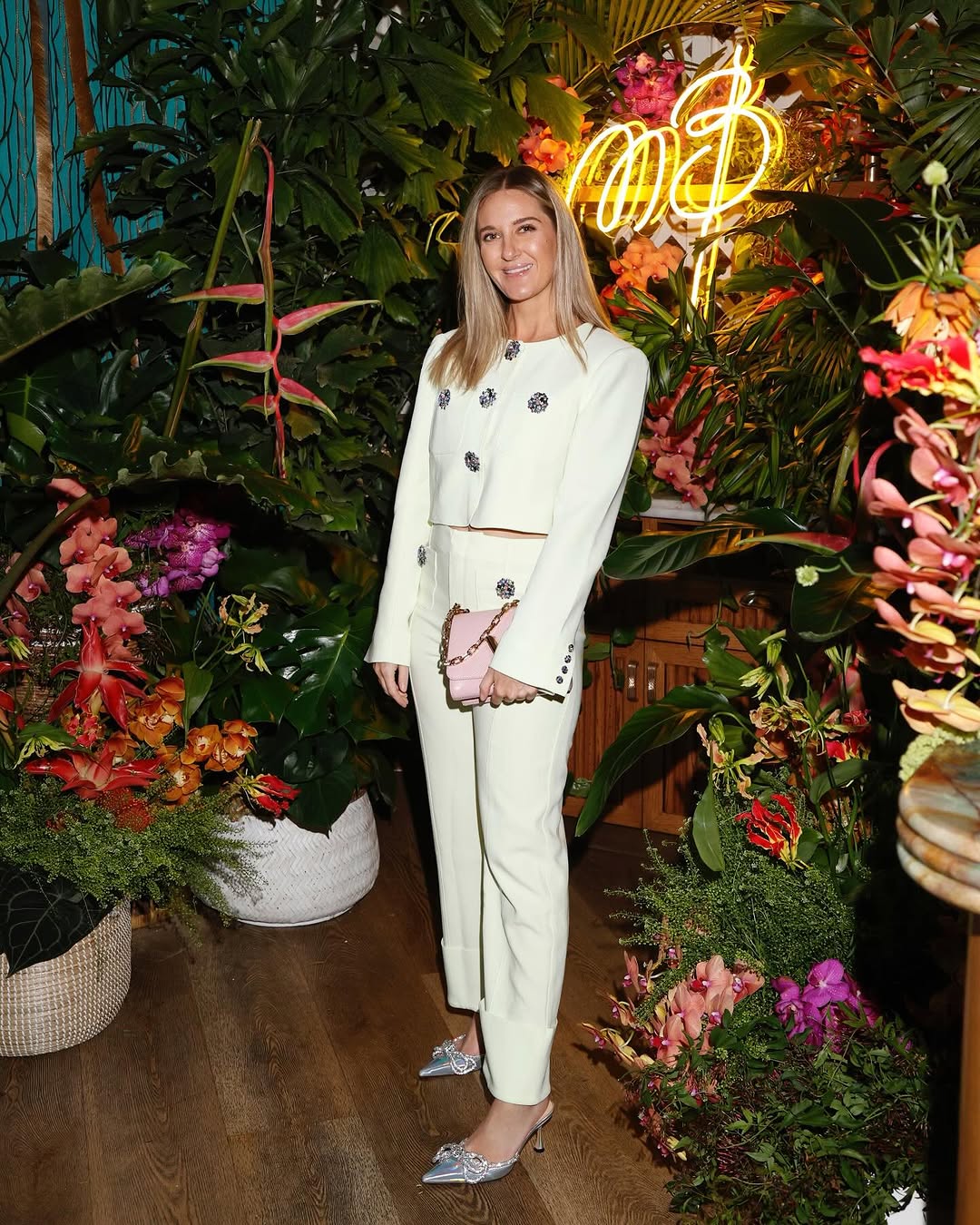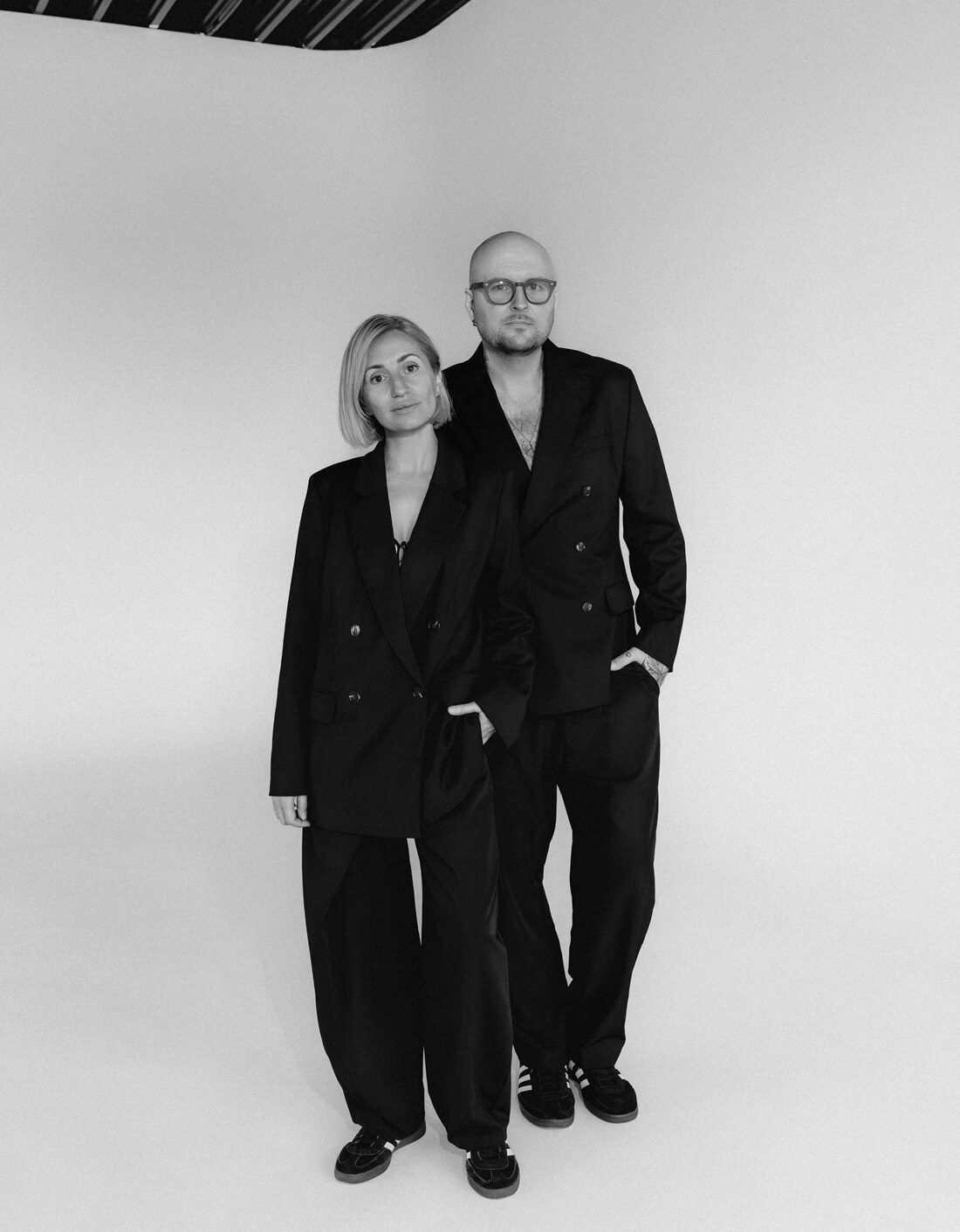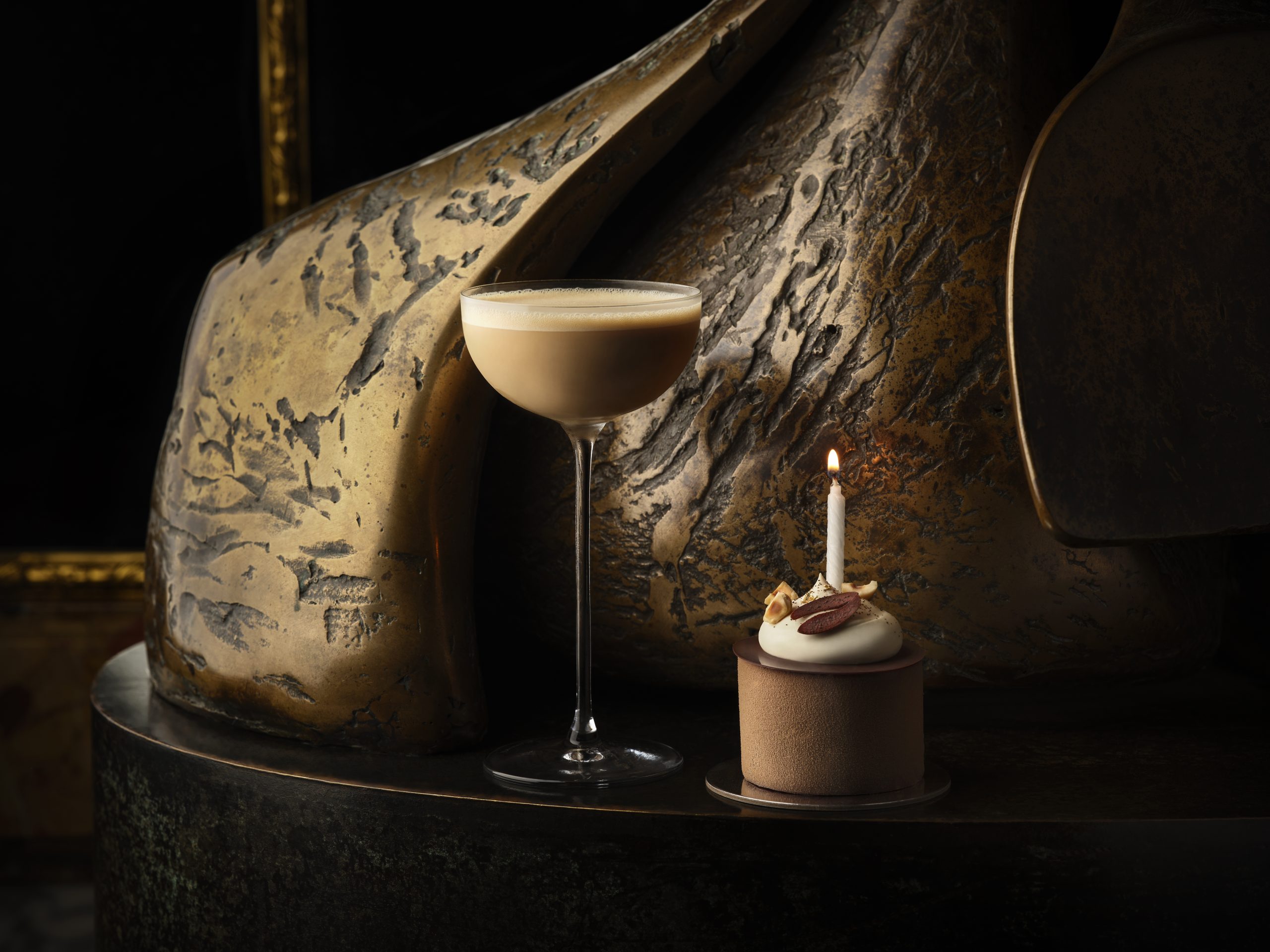Jae Omar, The Visionary Designer Behind Some Of Los Angeles’ Most Luxurious Homes, Is Redefining Thoughtful Design
Jae Omar, the visionary founder of Jae Omar Design, stands out as an influential figure in contemporary design, merging his unique sensibility and a conceptual approach rooted in nature’s awe-inspiring interdependence. With a background enriched by diverse experiences—from studying classic architecture in Europe to embracing Southern California’s landscapes and Minimalism—Omar’s work blurs the lines between art and design. In fact, when I entered one of his properties in Malibu, to exclusively capture the Louis Vuitton 2024 Cruise collection, I was instantly immersed in the tranquility of the design, where each detail had been thoughtfully curated throughout the property.
Ahead, we sit down with Omar to better understand the creative thought process behind his incredibly mindful designs. From his early days fueled by a passion for thoughtful design to his current status as a sought-after creator of bespoke interior designs and luxury residential estates, Omar’s career path is one just as dynamic as his designs. With a portfolio that spans boutique furniture lines to grand estates, Omar discusses his inspiration, design philosophy, and the memorable projects that have defined his career, offering insights into the creative force behind Jae Omar Design.
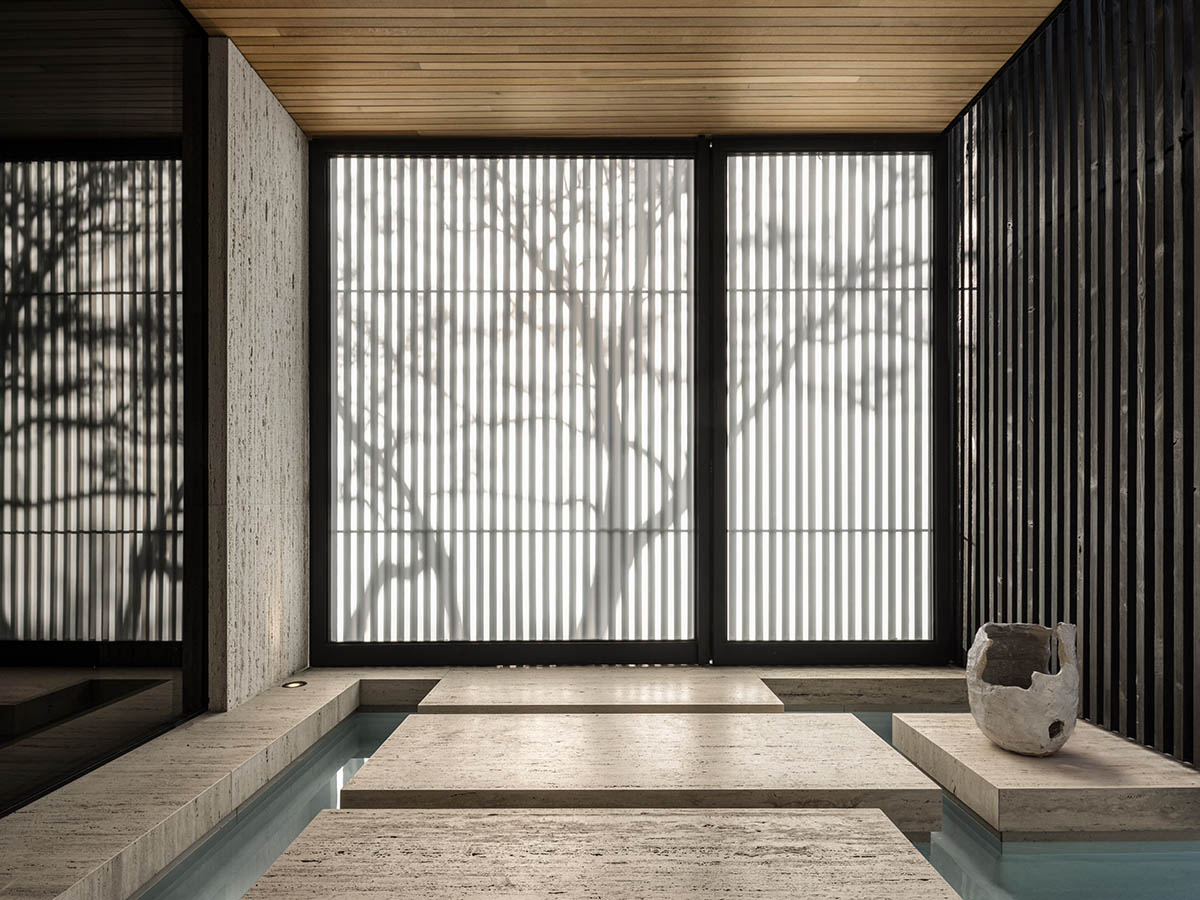
Photo Credit: Courtesy of Jae Omar Design
HAUTE LIVING: Can you first walk us through your background and experience in the industry? Was design something you were always passionate about?
JAE OMAR: I’ve spent most of my adult life within the fashion, design, and architecture worlds. My unwavering passion for thoughtful design is really the beginning of my trajectory, and the fuel for my decades-long career in this ultra-competitive, high-pressure industry.
From owning and operating a boutique high-end furniture line to consulting with clients on bespoke interior design, to partnering with luxury real estate developers to craft one-of-a-kind estates from the ground up, my career has flowed through numerous circles within the same industry. This experience has shown me that while the design industry is filled with many difficulties to face and hurdles to overcome, there are also many opportunities to be found and achievements to be made.
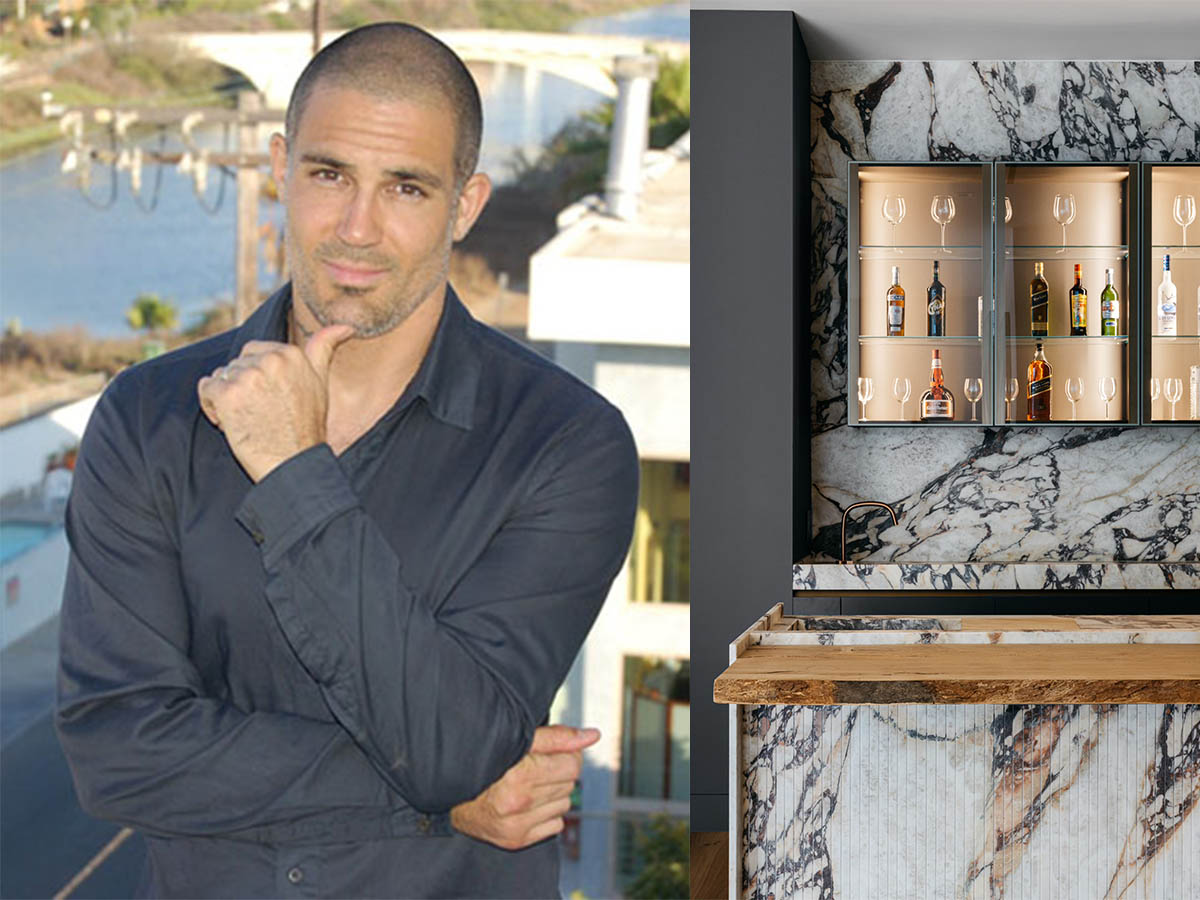
Photo Credit: Courtesy of Jae Omar Design
HL: What inspired you to then create your own design studio? What is your mission/vision behind Jae Omar Design?
JO: Following 7 years of furniture design, I transitioned to environments where I could conceptualize my design visions on larger scales, ultimately leading me to the luxury residential market. My focus and mission throughout this transition has been simple and never wavered: to produce the most thoughtful, evocative homes for a discriminating audience.
HL: How would you describe your design philosophy that you carry into each project?
JO: One of the things I initially identified stepping into the speculative real estate development market was the absence of any underlying philosophy or story tied to new luxury homes. Humans are natural storytellers, and nearly everything you own comes wrapped in a story. Therefore, a home, many times a person’s single largest purchase of their lifetime, should also have one, even if it is newly constructed.
This is where I start with each residence I design, with its own unique identity and story that evolves into the architecture, materials used, and finishes picked. All of the elements you can see and touch within a home I design relate back to that single origin story.
HL: As a designer, trends and styles are constantly evolving. How do you stay updated with the latest design trends and ensure that your work remains modern and fresh?
JO: Personally, I try not to “follow” trends or styles I see popping up in the luxury residential market, as I believe the work, both physically and creatively, done by myself, my partners, and my team, is in a lane of its own.
Of course, we ensure that the latest smart home technologies, kitchen appliances, security systems, and overall infrastructure of our projects are at the forefront of residential construction. However, when it comes to design details, layout structure, materials used, and fixtures sourced, we continue to make our own standards of what is considered modern and fresh.
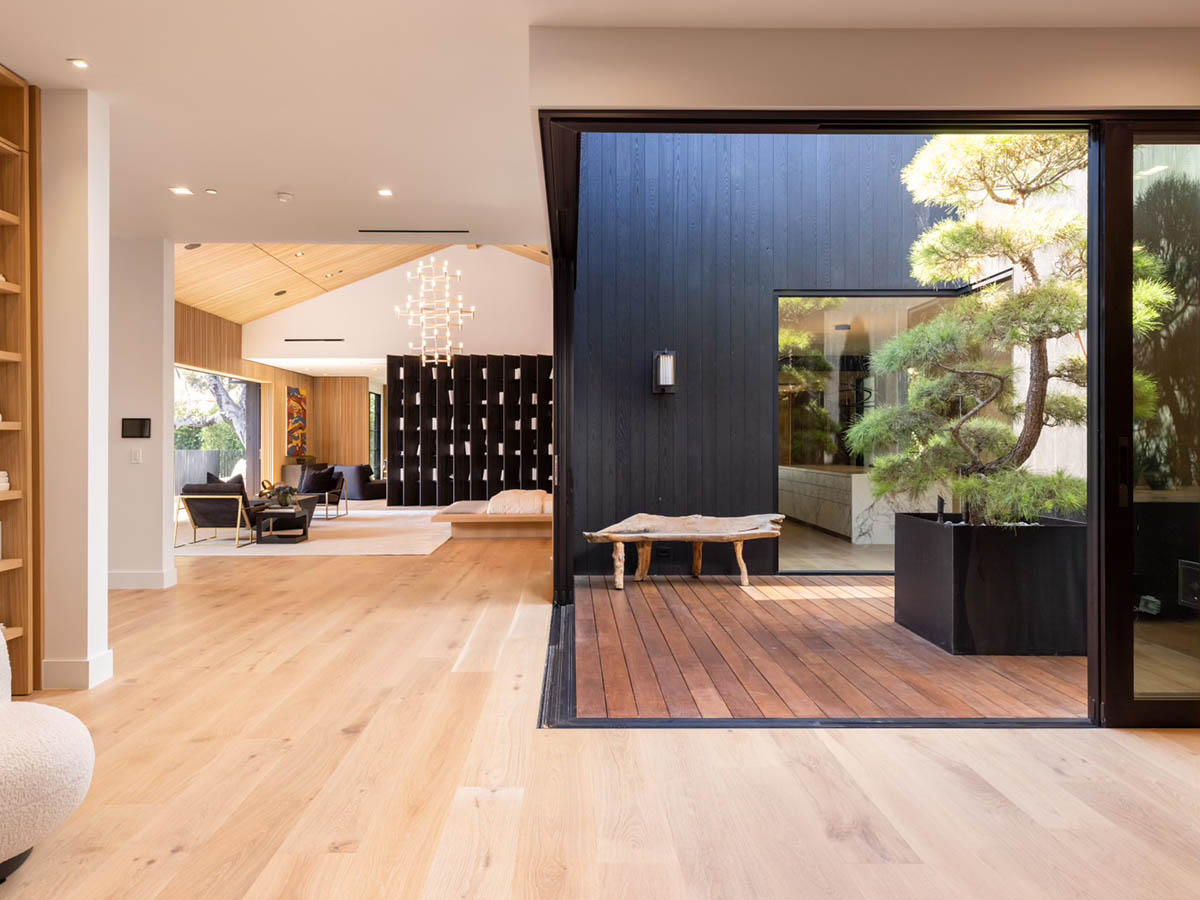
Photo Credit: Courtesy of Jae Omar Design
HL: Your past projects are nothing short of impressive; can you walk us through some of your most memorable projects?
JO: This could easily be called “A Tale of Two Residences,” when looking at ONIN and ODIN. These homes are neighbors in the Royal Oaks enclave of Encino in Los Angeles.
ONIN is inspired by the period following Japan’s Onin War of the 1400s, in which there was an explosion of vibrant Japanese cultural creativity through writing, artwork, design, architecture, and so much more. ODIN is inspired by the Norse God Odin, a mythological figure who was revered within Scandinavian culture for overseeing wisdom, power, strength, healing, poetry, and more. Both of these homes are in the modern farmhouse style, but both are intricately detailed and specially crafted to tell the story of the rich histories and cultures that underpin them.
Additionally, I’ve crafted a private residence in the Pacific Palisades dubbed Atabei, after the ancestral water goddess of the Taíno religion, as well as Phoenix House, the reconstruction of an existing oceanfront home in Malibu that represents a stunning rebirth.
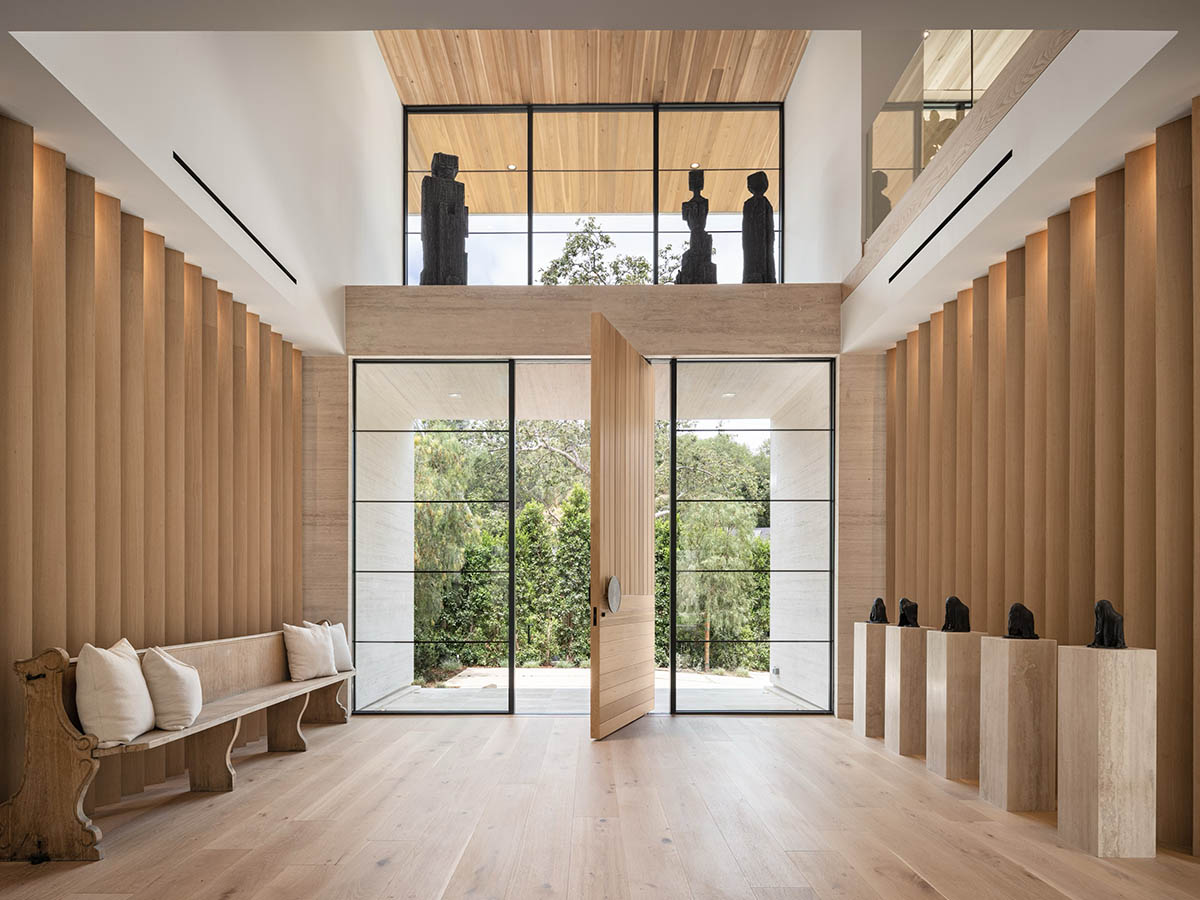
Photo Credit: Courtesy of Jae Omar Design
HL: You recently were just a part of the home that was sold to Zedd — setting the record for Encino’s priciest home sale to date — what was the inspiration behind that design?
JO: As mentioned previously, ODIN was inspired by Odin, the king of Norse mythology. However, Odin was a complicated character. While he was a warrior figure for representing strength, power, and healing, he was also representative of knowledge and education, overseeing wisdom and poetry. This juxtaposition provided infinite inspiration while crafting the residence.
HL: You undoubtedly have carved a niche within the industry; how do you fuse your vision for the space and inspiration with the client’s needs?
JO: I am undoubtedly extremely grateful for all of the clients I have had over my career who have placed their trust, and their homes, in my hands, believing in not only my work but also my vision. Of course, there is a natural balance we have to find between a client’s needs and wants and my own vision and level of work. As I always want to ensure that my work is at an elevated level, and my vision is showcased, I prefer to take on clients that allow for this.
However, as I move further and further into my career, I find myself leaning towards working on my own ground-up projects, which allows me nearly full creative freedom to execute my designs.
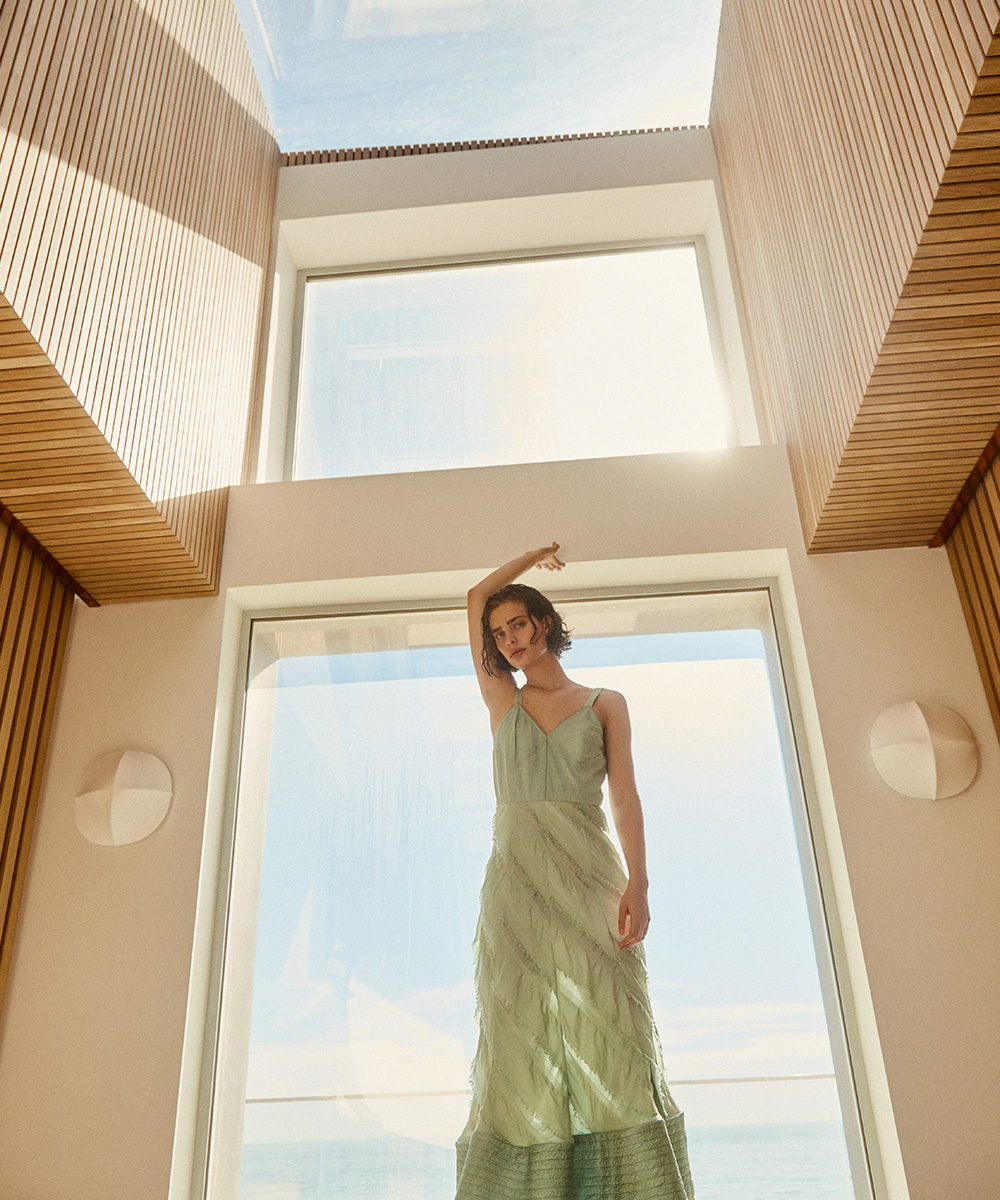
Photo Credit: Benjo Arwas for Haute Living
HL: The home we shot the Louis Vuitton story definitely had a mood woven throughout the space; what was your inspiration behind that design?
JO: Phoenix House will always be a favorite of mine. The project was a dramatic reimagination, or reinterpretation, of an older home that needed some attention. The home rising again from the ashes of its original state, was the jumping-off point for the name Phoenix House. However, a single passage from William Shakespeare’s The Tempest captivated me early on in the design process and drove the creative intention behind everything. The passage is woven into every part of the home and even appears physically, etched into a mirror above the headboard in the primary suite.
Ariel’s Song, The Tempest, William Shakespeare:
Full fathom five thy father lies; Of his bones are coral made; Those are pearls that were his eyes: Nothing of him that doth fade, But doth suffer a sea-change Into something rich and strange.
HL: Finally, what upcoming projects are you currently working on that you’re excited about?
JO: Coming up this year, I have two of some of my most inspired residences coming to market. The first is a Moroccan-inspired residence that pulls influence from the rich tapestry of Moroccan and North African culture, and the second is an architectural residence perched on a bluff, positioned and designed in a way as if the home is about to take flight.

